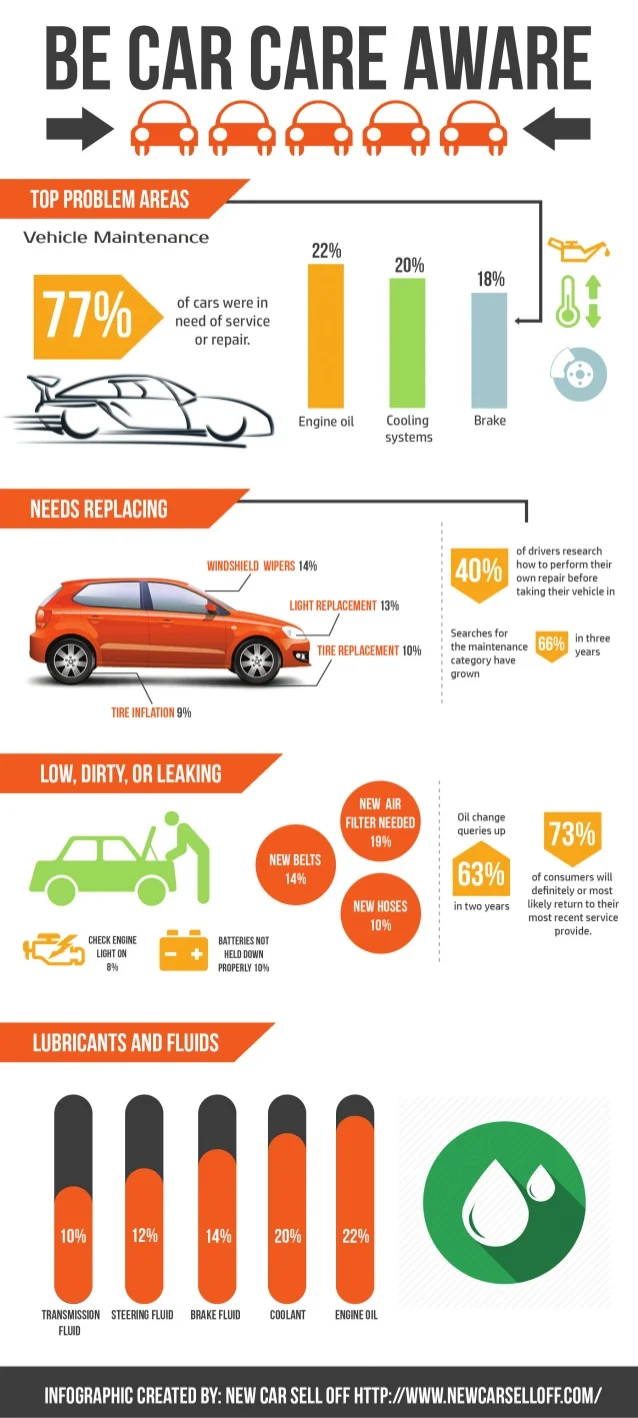Looking For Clarity On The Caution Lights Displayed On Your Vehicle'S Dashboard? Find Out How They Relate To Your Vehicle'S Health And Safety
Looking For Clarity On The Caution Lights Displayed On Your Vehicle'S Dashboard? Find Out How They Relate To Your Vehicle'S Health And Safety
Blog Article
Material Develop By-Sykes Forbes
When you're behind the wheel, those radiant warning lights on your control panel can be a little bit puzzling. Do you understand what they're trying to inform you regarding your vehicle's health and wellness? Comprehending the significance of these lights is important for your safety and the durability of your automobile. So, the next time one of those lights turns up, wouldn't you wish to decipher its message properly and take the necessary actions to address it?
Common Caution Lighting and Interpretations
Recognize usual warning lights in your auto and recognize their meanings to guarantee secure driving.
The most regular caution lights include the check engine light, which signifies problems with the engine or exhausts system. If https://brake-rotors61739.livebloggs.com/37485797/an-overview-to-the-top-10-considerations-for-finding-the-most-effective-automobile-service-center-close-by comes on, it's important to have your vehicle examined immediately.
The oil pressure cautioning light indicates low oil stress, needing immediate attention to avoid engine damage.
A flashing battery light may recommend a damaged billing system, potentially leaving you stranded if not dealt with.
carseatshampooauckland monitoring system (TPMS) light alerts you to low tire pressure, impacting vehicle security and fuel effectiveness. Ignoring this can result in hazardous driving problems.
The ABS light indicates a problem with the anti-lock braking system, compromising your ability to stop swiftly in emergencies.
Lastly, mouse click the following article warning light warns of engine overheating, which can cause serious damage otherwise settled swiftly.
Understanding these common caution lights will aid you resolve concerns immediately and preserve secure driving problems.
Importance of Prompt Interest
Comprehending the common caution lights in your vehicle is only the initial step; the significance of quickly attending to these cautions can't be highlighted sufficient to ensure your security on the road.
When a caution light illuminates on your dashboard, it's your automobile's means of communicating a prospective problem that requires interest. Disregarding these cautions can bring about much more extreme problems later on, compromising your safety and potentially costing you more in repairs.
Motivate focus to alerting lights can avoid breakdowns and mishaps. For example, a flashing check engine light could indicate a misfire that, if left neglected, might cause damages to the catalytic converter. Addressing this immediately can save you from a pricey repair work.
In a similar way, a brake system warning light might signify low brake liquid or worn brake pads, critical parts for your safety when driving.
DIY Troubleshooting Tips
If you discover a warning light on your control panel, there are a few DIY repairing pointers you can try before seeking professional aid.
The initial step is to consult your auto's manual to understand what the certain caution light indicates. Sometimes the issue can be as easy as a loosened gas cap causing the check engine light. Tightening the gas cap may fix the issue.
Another typical problem is a low battery, which can trigger numerous warning lights. Checking the battery connections for deterioration and guaranteeing they're secure might deal with the problem.
If a warning light lingers, you can attempt resetting it by separating the cars and truck's battery for a few minutes and after that reconnecting it. Additionally, examining your vehicle's fluid levels, such as oil, coolant, and brake fluid, can assist repair cautioning lights connected to these systems.
Conclusion
Finally, understanding your car's warning lights is important for maintaining your lorry running efficiently and safely. By immediately addressing these notifies and recognizing what they indicate, you can prevent expensive repairs and possible failures.
Keep in mind to consult your cars and truck's manual for specific details on each warning light and act accordingly to make sure a trouble-free driving experience.
Stay notified, stay safe when traveling!
